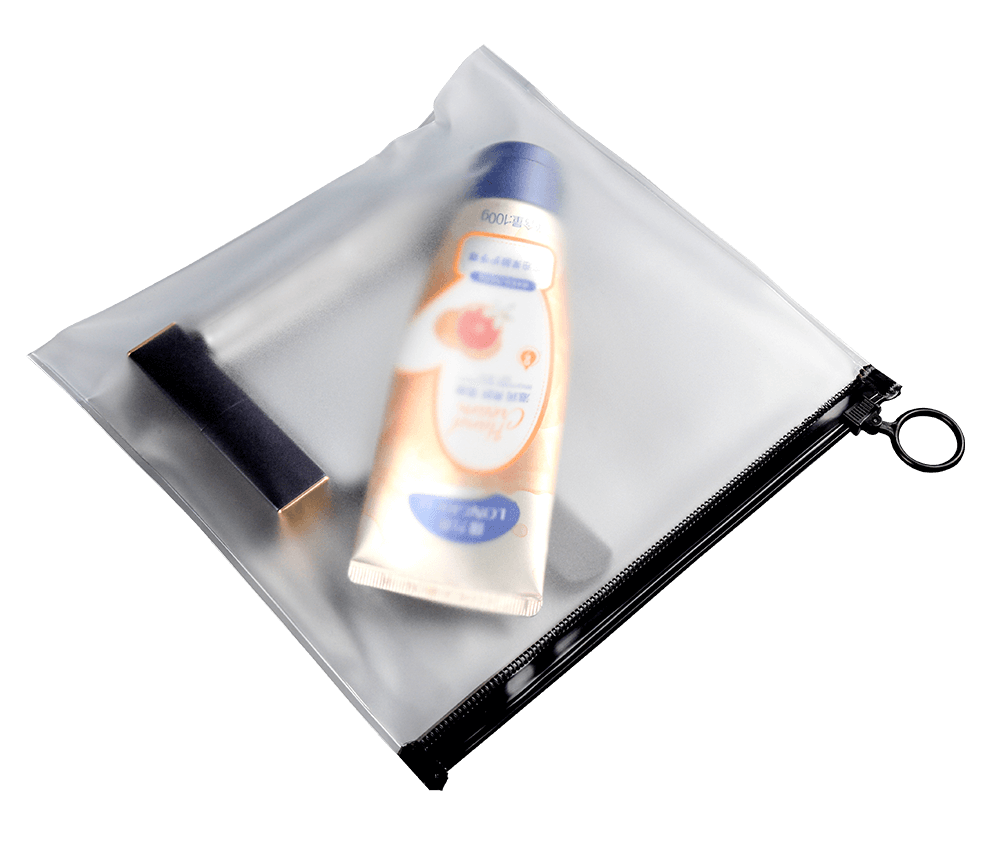 Tel: +86 188 2689 9458
Tel: +86 188 2689 9458
 Tel: +86 188 2689 9458
Tel: +86 188 2689 9458
source:other news release time:2023-06-16 Hits:

1. Inspection of raw materials:
Thickness of film (aluminum foil) (as per GB 6672), tensile strength&elongation (as per GB 13022-91), wetting tension (as per GB 10003-88), oxygen/moisture permeability (as per GB1038/1037), high temperature resistance, sanitary suitability (as per GB-9687-88), and appearance of vacuum bag; High temperature resistance and food hygiene suitability of adhesives and inks.
2. Inspection of thin film (aluminum foil) composite process:
Appearance (no obvious defects such as wrinkles or delamination visually); Composite speed and viscosity of adhesive: The measured values vary depending on the adhesive used and the ratio;
Glue application detection:
Use Coated paper (or self-adhesive glossy paper) to put it in the middle of the two layers of film to be laminated in three different positions: left, middle and right. After the lamination is completed, remove the sample. Then use a 100mm square area to cut and measure samples at three different positions: left, center, and right; Then remove the Coated paper (or self-adhesive paper), put the coated film on the electronic scale for weighing, and record the weight a. Wash the weighed film (coated surface with glue) in solvent (EA) to remove the glue, then weigh it on an electronic scale and record the weight b. A-b is the amount of adhesive applied to the sample, which can be converted into units of g/m2.
Control of curing temperature and time after composite: Set corresponding temperature and time according to different raw materials used;
The composite strength between the aged composite membranes (according to 8808-88); Cut three test pieces from the left, middle, and right sides, with a width of 15mm and a length of about 15cm. Peel and separate the layers to be tested by about 15mm, and fix them on the upper and lower fixtures of the LDX-200 universal material testing machine. Adjust the tensile speed to 100mm/min for measurement.
Amount of residual solvent in Vacuum packing bag: cut 0.2m2 sample, quickly cut the sample into 10mm and 30mm fragments, put it into a clean 500ml conical flask preheated at 80 ℃, seal it with a silica gel stopper, put it into an 80 ℃ incubator for heating for 30min, and then use a 5ml syringe to take gas sample from 1ml bottle and inject it into 2061C gas chromatograph for determination. The result is acceptable if ≤ 10mg/m2.
Read recommendations:
Custom Laminated Printing Juice Bag Liquid Packaging Stand Up Plastic Water Spout Pouch
spout pouch packaging manufacturer
Advantages of BIB packaging compared to other packaging methods
Reasons for controlling the thickness of vacuum packaging bags
Popular recommendation
Custom Size Printed Coffee Milk Juice Wine Bib Bag-In-Box With Valve Gift Cardboard Box
Wholesale High Barrier Plastic Stand Up Flat Bottom Pet Dog Food Packaging Bag
Custom Print Side Gusset Coffee Pouch Black Matte Coffee Beans Packaging With Valve
aluminium spout pouch custom
smart spout pouch Manufacturing
wine bag in box distributors
spout pouches manufacturer
spout pouch packaging bags company
PET food bag
kraft paper spout pouch
flexible packaging film structure wholesale.Real time strategy for packaging bags
What is biodegradable packaging material and how to identify it?
How to determine whether the food packaging bag is regular?
Features and uses of textured vacuum bag
What are the inspection standards for food packaging bags?
Types of coffee bag
How to deal with the discoloration of food packaging bags?
There will be several "small holes" on the top of the coffee pouch bags, so what is the my
How to distinguish the materials of food packaging bags?
With the widespread use of bags in boxes, their quality has been continuously recognized.bag in box
kraft paper pouch bags supplier.Understand the safety performance of food packaging bags
Folding plastic steel packaging belt for packaging bag
Introduce the characteristics of Vacuum Zipper Bags
The food vacuum bag takes advantage of each other and the two materials are compounded together
Summary of knowledge on the use of plastic packaging bags
Introduce common sealing methods for food packaging bags
The characteristics and performance of Spout POUCHES
What are the performance requirements of paper plastic composite bags?aluminum foil bag roll manufac
How to judge the quality of vacuum packaging bags?
Paper plastic composite bag.beverage bag manufacturers